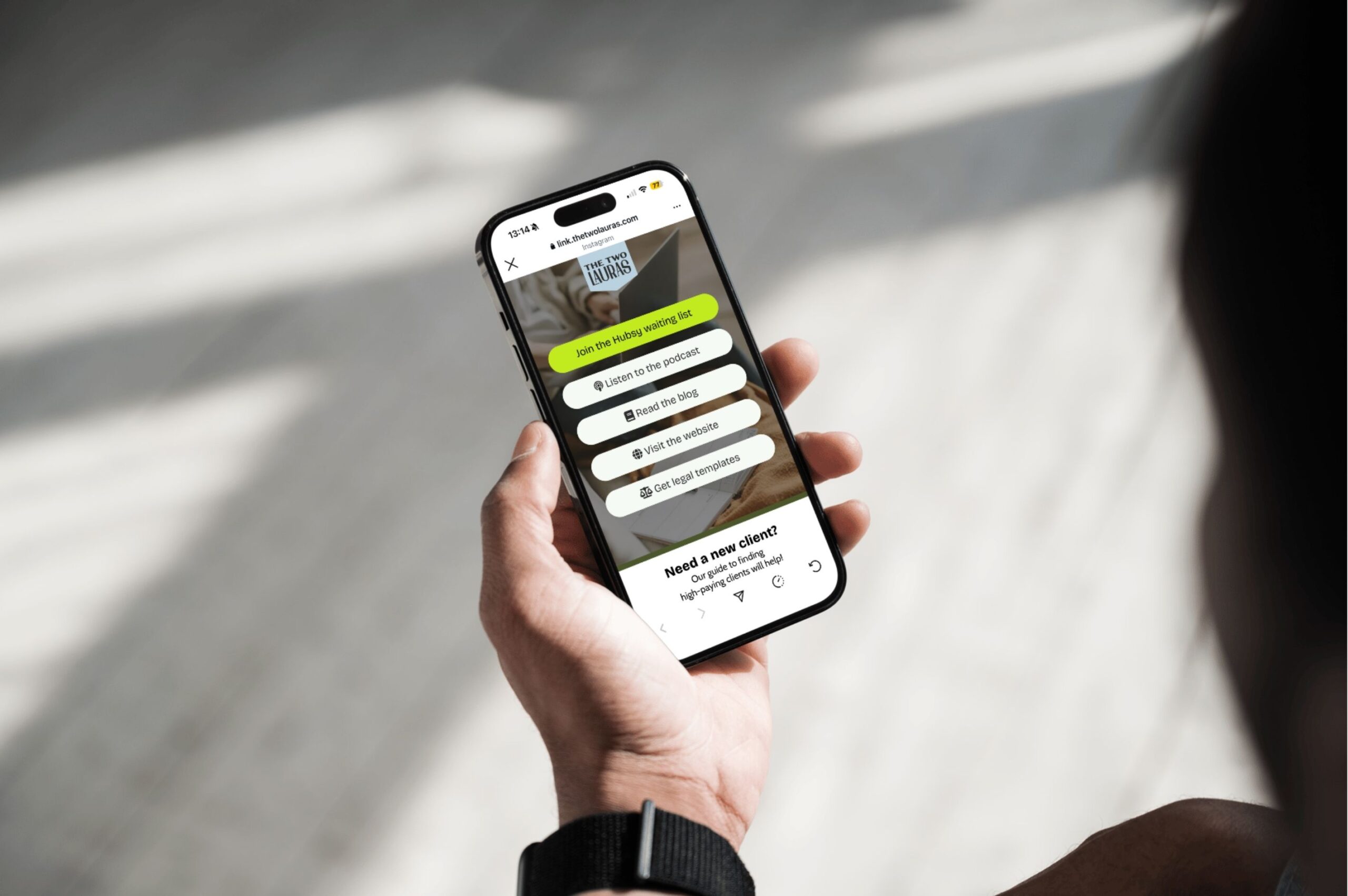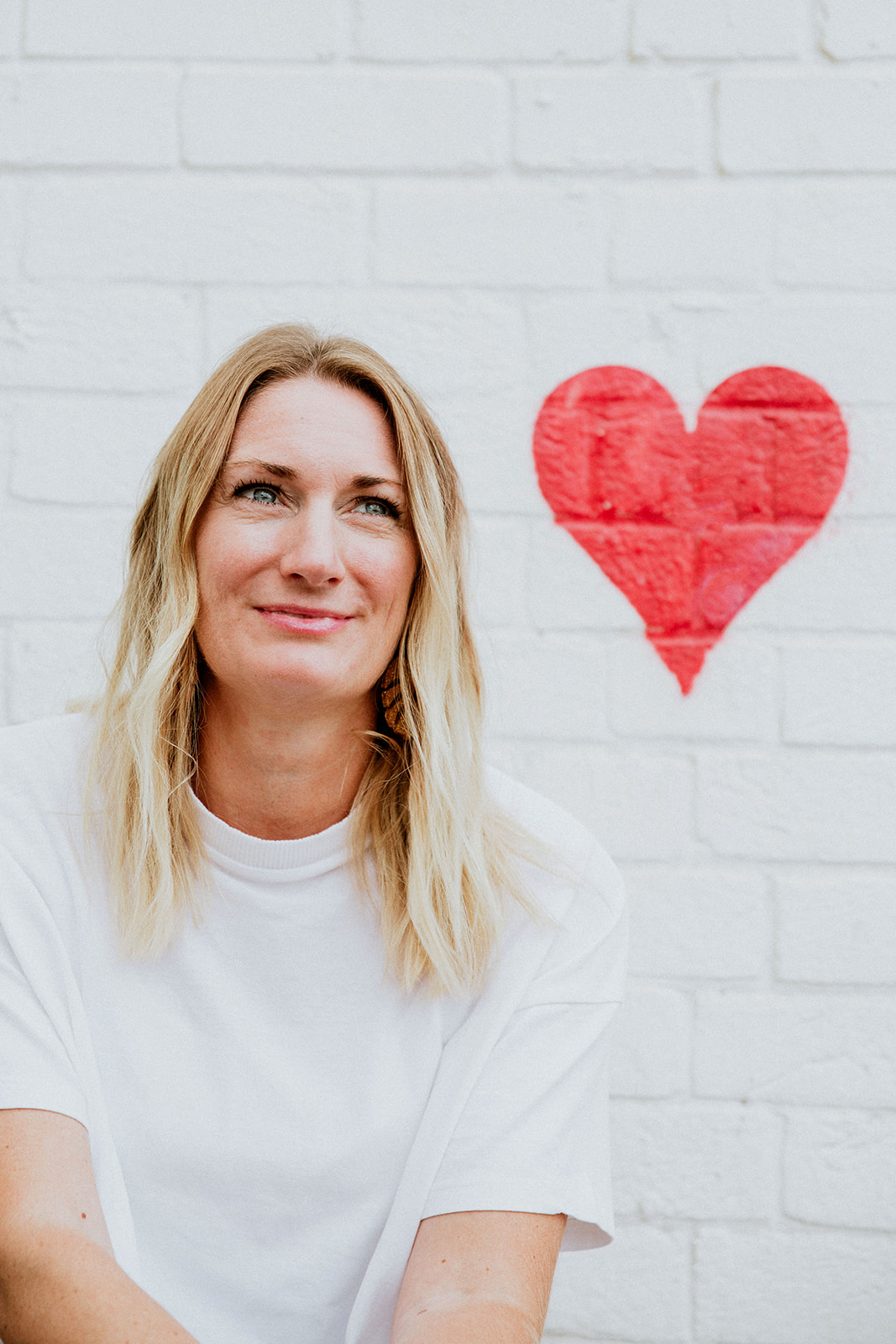When it comes to managing Facebook™️ Ads, social media managers are often using them within their existing client strategy and often this means the client doesn't have a dedicated advertising budget to help them get the best results possible.
Small business owners have often been burned by Facebook™️ ads, spending money on campaigns that never stood a chance of success, so it's understandable that they might not want to invest a lot of money again without proven results.
Grab our guide to the 3 biggest mistakes social media managers make when running ads… so you can avoid them! Download it here.
So, how can you get results on your Facebook™️ Ads campaigns with a small budget?
Contrary to popular belief, it is possible to get results, and we will give you some tips on how to do that in this article
But it comes with a caveat. Getting results with a small ads budget is difficult and is not always sustainable. So ideally, your clients would always have an open mind when it comes to their budget and be willing to scale it when you are getting them results.
Having more money to spend on ads will definitely make your life far easier when it comes to managing your Facebook™️ campaigns and we would encourage you to have a frank conversation with clients about their advertising budgets because they stand a better chance at success if they are investing in advertising properly.
Six tips for spending small budgets on Facebook™️ Ads
#1 Run short campaigns
Often clients expect their ad budget to last a long time and don't realise that there is a lot of competition on Facebook™️ , and your budget is key to getting eyes on your ads.
We'd recommend an absolute minimum ad spend of £10 per day – but ideally far more. So if you are working with smaller budgets (Under £300 a month), we'd recommend you consider using the budget over a shorter period to allow for a decent daily budget.
E.g. if your budget is £100, you might get better results running a 10-day campaign spending £10 a day than if you ran a campaign for 30 days at £1 a day
#2 Test organically
If your budget doesn't allow for real testing (which is key to a successful ad campaign) you could consider using your organic posts to do your testing – although we have to say this isn't a sure-fire method.
Figure out which copy and creative works best for your organic audience, and you’ll be one step ahead even when you don’t have a testing budget.
Facebook has recently rolled out an organic testing functionality, so it could be worth using that to get some learning for your campaign content.
#3 Pick the right objective
Small budgets mean you sometimes have to be a little creative with your ads, and picking the right objective is a big part of that.
If your goal is conversions, we would usually always recommend using the conversions objective but this can work out pricey.
So if you only have a small budget to work with it would be wise to manage expectations with the client and consider using the ad budget for something other than driving conversions.
Engagement and traffic campaigns are typically cheaper, so it could be worth using ads to drive brand awareness using these campaign objectives and trying to get sales from your warm audiences.
#4 Get social proof
To make the most of your small budget, you’ll want your costs to be nice and low, and one way to bring costs down is by signalling to Facebook™️ that your ads are interesting to people on the platform.
Using a post that has already got a ton of social proof can help to bring your ad costs down, so pick an existing post which already has social proof and meets your goals to try and bring your costs down from the outset.
#5 Consider your audiences
Not all Facebook™️ audiences are equal! Some will cost you far more than others, as you'll be competing to get space in their newsfeeds.
So if you only have a small budget, you can find that showing ads to your warm audience not only gets better results than going out to a completely cold audience but is also significantly cheaper.
Your warm audiences already know the brand and might just need that extra nudge to push them to convert. Whereas a cold audience could not only be more expensive to target but might need more touch points before they convert, which will result in higher ad costs.


